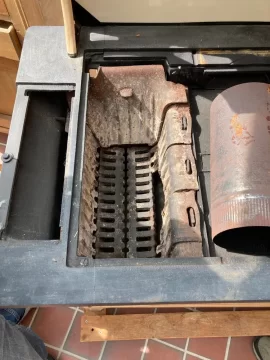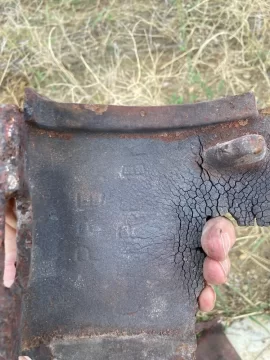Hello,
We recently purchased a 1934 Kalamazoo Liberty cook stove that has been in the same family for ~88 years. The stove appears to be in very good condition and was used frequently until being stored 40+ years ago. Several pictures of the stove, the firebox, and three pages from the 1934 Kalamazoo catalog are attached. My hope is to restore the stove as may be needed and to eventually install the stove for use on weekends for cooking and heating in a small cabin located in the Colorado mountains at ~7,000 foot elevation.
I have several questions regarding two sets of topics: 1) Replacement / repair of the firebox plates and 2) Possible addition of an external catalytic convertor.
1) The firebox plates are in "fair" condition and would likely benefit from repair or replacement. Are any of you aware of a replacement source (perhaps via a foundry that may already have the patterns) for the firebox plates that are described in the "Repair Parts Quick" catalog page as B95 and C95 ("Fire Back Center" and "Fire Back Right")? I have searched eBay, Craiglist etc. without success. The other option would be to repair the plates with Super HyBond Plus. Does anyone have experience with performing such a repair?
2) I assume that my local jurisdiction will require that the stove be EPA compliant if/when the stove is installed when the building is inspected. Is is possible and practical (!) for me to install an catalytic convertor for the purpose of meeting EPA regulations? I assume such a convertor would likely best be installed external to the stove in the flue. Any suggestions for recommended models and/or sources of such a convertor would be appreciated.
I assume that some additional work will need to be done to replace various seals prior to use as well.
Thank you very much for any comments that you may be able to offer.
Paul
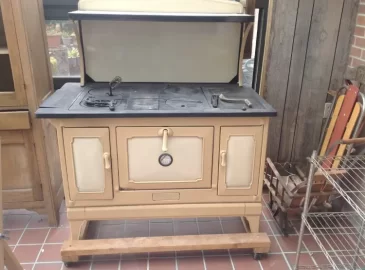
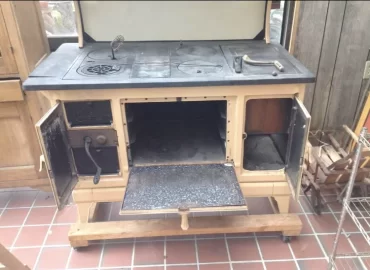
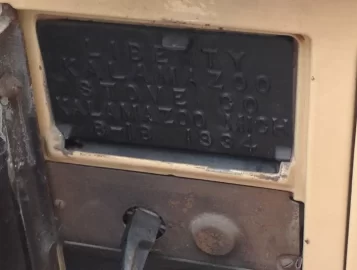
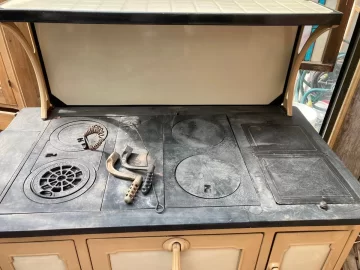
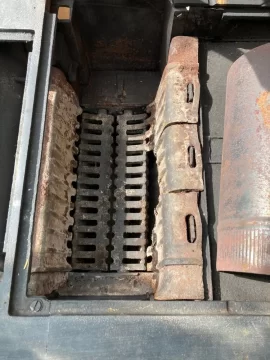
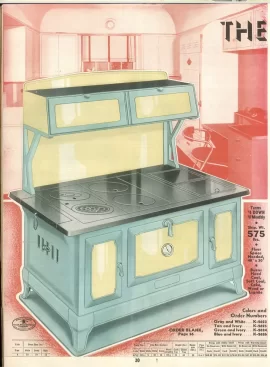
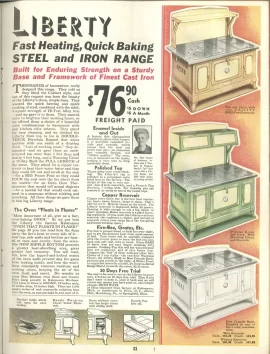
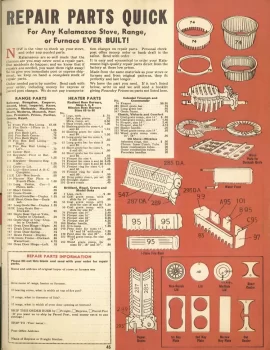
We recently purchased a 1934 Kalamazoo Liberty cook stove that has been in the same family for ~88 years. The stove appears to be in very good condition and was used frequently until being stored 40+ years ago. Several pictures of the stove, the firebox, and three pages from the 1934 Kalamazoo catalog are attached. My hope is to restore the stove as may be needed and to eventually install the stove for use on weekends for cooking and heating in a small cabin located in the Colorado mountains at ~7,000 foot elevation.
I have several questions regarding two sets of topics: 1) Replacement / repair of the firebox plates and 2) Possible addition of an external catalytic convertor.
1) The firebox plates are in "fair" condition and would likely benefit from repair or replacement. Are any of you aware of a replacement source (perhaps via a foundry that may already have the patterns) for the firebox plates that are described in the "Repair Parts Quick" catalog page as B95 and C95 ("Fire Back Center" and "Fire Back Right")? I have searched eBay, Craiglist etc. without success. The other option would be to repair the plates with Super HyBond Plus. Does anyone have experience with performing such a repair?
2) I assume that my local jurisdiction will require that the stove be EPA compliant if/when the stove is installed when the building is inspected. Is is possible and practical (!) for me to install an catalytic convertor for the purpose of meeting EPA regulations? I assume such a convertor would likely best be installed external to the stove in the flue. Any suggestions for recommended models and/or sources of such a convertor would be appreciated.
I assume that some additional work will need to be done to replace various seals prior to use as well.
Thank you very much for any comments that you may be able to offer.
Paul










